Everybody can be involved in history, either through involvement in a historic event or as an eye-witness to it. But people depend primarily on journalists for a record faithful to history. Journalists are duty-bound to use their pens to keep a record of events in history that are significant or important enough to inspire people of the generations to come or use their cameras to freeze-frame history for the same purpose.
Journalists of course do not report everything that is happening or has happened. They focus on changes – changes of events, changes in life and changes of the times.
In essence, reporting of news is reporting of changes.
As seen by journalists, what is immutable and frozen is worthless. For this reason, news reporting means a ceaseless pursuit of truth, an endless work to report changes.
“Great changes” is the key word for description of our times, particularly the 30 years of China’s reform and opening to the outside world. In China, the most profound change is that the Chinese now find themselves in an era that features a possibility for their dream to come true. Once shattered, the Chinese dream is being pursued again, highlighting a historic leap of the Chinese nation from independence to prosperity and then to an endeavor to become truly strong. In the wake of arduous struggle for what it is today, the Chinese people have come to realize that changes are the essence of history and that they are following a historic course leading to an eventual rejuvenation of the Chinese nation. In the current historic torrent, the destiny of all Chinese is bound to change in this era of reform, through sharing a beautiful dream with their country and nation.
Here is what photographer Liu Weibing, a colleague of mine at Xinhua, presents to us: the historic era of earth-shaking changes in China.
It is more than 20 years since Liu joined Xinhua’s editorial staff after graduation from university. Those years have witnessed a constant deepening of China’s reform and a continuous development of the Chinese economy and society. As a photo journalist, he has recorded those events that have taken place, those changes in people’s life and society at large, using his camera and pen.
The author has taken the photos in the book, more than 200, in thousands of beats. Some of those photos enable us to review historic events such as Hong Kong’s return to China in 1997, the 1998 floods and the 2008 Beijing Olympics. There are also photos showing the changes in people’s life, for example the first test tube baby produced on the Chinese mainland when she was two years old and the disappearance of hutongs – backstreet lanes and alleys – from Beijing. Taken at moments of significance and assuming different perspectives, photos in this book allow us to trace China’s progress in the era of reform and opening.
Particularly remarkable is that the author has built up a private archive comprising his diary, newspaper clippings and materials for reference. While a competent photographer, he has authored numerous articles, notes and blog articles on his own experiences in work, which run to nearly half a million words. He has also published three non-fiction books and a photo album. These suffice to testify his hard work, his pursuit of professionalism, and his thinking and understanding of his country and people.
Karl Marx once said to the effect that philosophers invariably interpret the world by different ways, but the point is how to change the world. The mission of journalists is not limited to recording history. For them, even more important is to play a role in promoting social transformation and progress of the times.
Memorable journalistic works, whether in writing or photographic, are invariably those that not only tell people what has happened but also what they can learn from it. In my opinion, that represents the highest level of professionalism for journalists.
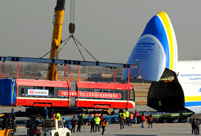 Heavy cargo flights taking off
Heavy cargo flights taking off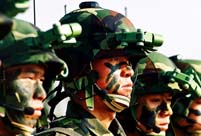 In pictures: PLA's digital equipment
In pictures: PLA's digital equipment 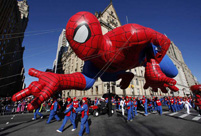 Americans mark Thanksgiving Day with parades
Americans mark Thanksgiving Day with parades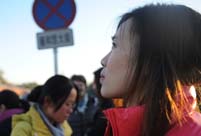 Love searching stories in cities
Love searching stories in cities 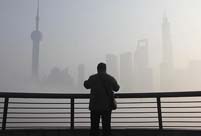 Shanghai shrouded in heavy fog
Shanghai shrouded in heavy fog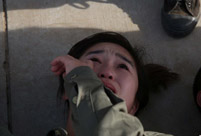 Office ladies receive ‘devil’ training in mud
Office ladies receive ‘devil’ training in mud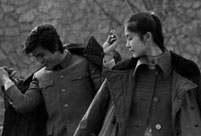 Changes in Chinese dancing culture
Changes in Chinese dancing culture  Highlight of Mr Bodybuilding and Miss Bikini Contest
Highlight of Mr Bodybuilding and Miss Bikini Contest 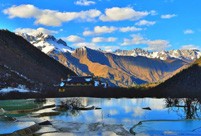 Picturesque scenery of Huanglong, NW China
Picturesque scenery of Huanglong, NW China Life in an ancient academy
Life in an ancient academy Best photos of the week
Best photos of the week Spring City Kunming witnesses snowfall
Spring City Kunming witnesses snowfall White-collars, black eyes
White-collars, black eyes China's moon rover, lander photograph each other
China's moon rover, lander photograph each other Youths in Night club: photo story
Youths in Night club: photo storyDay|Week|Month